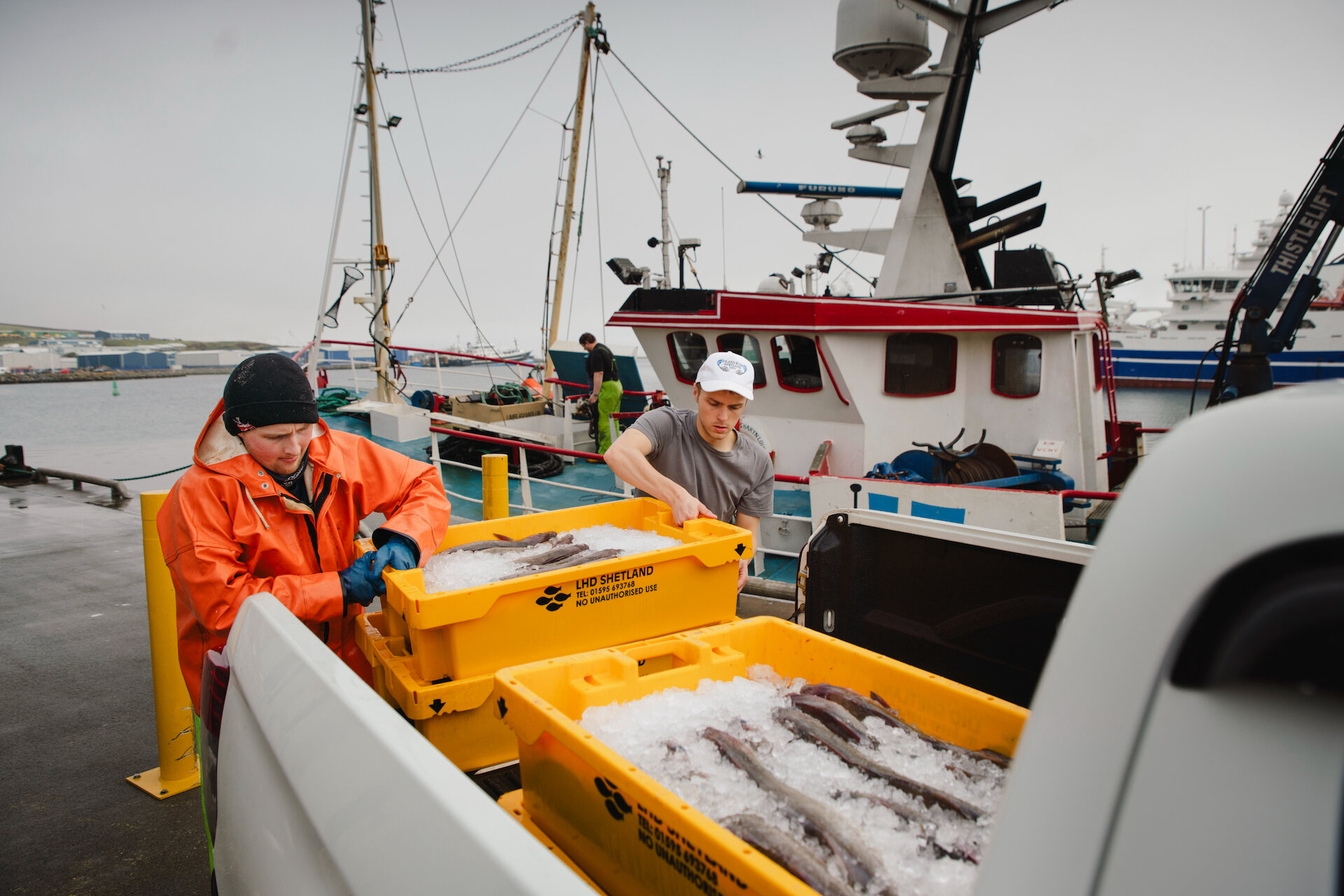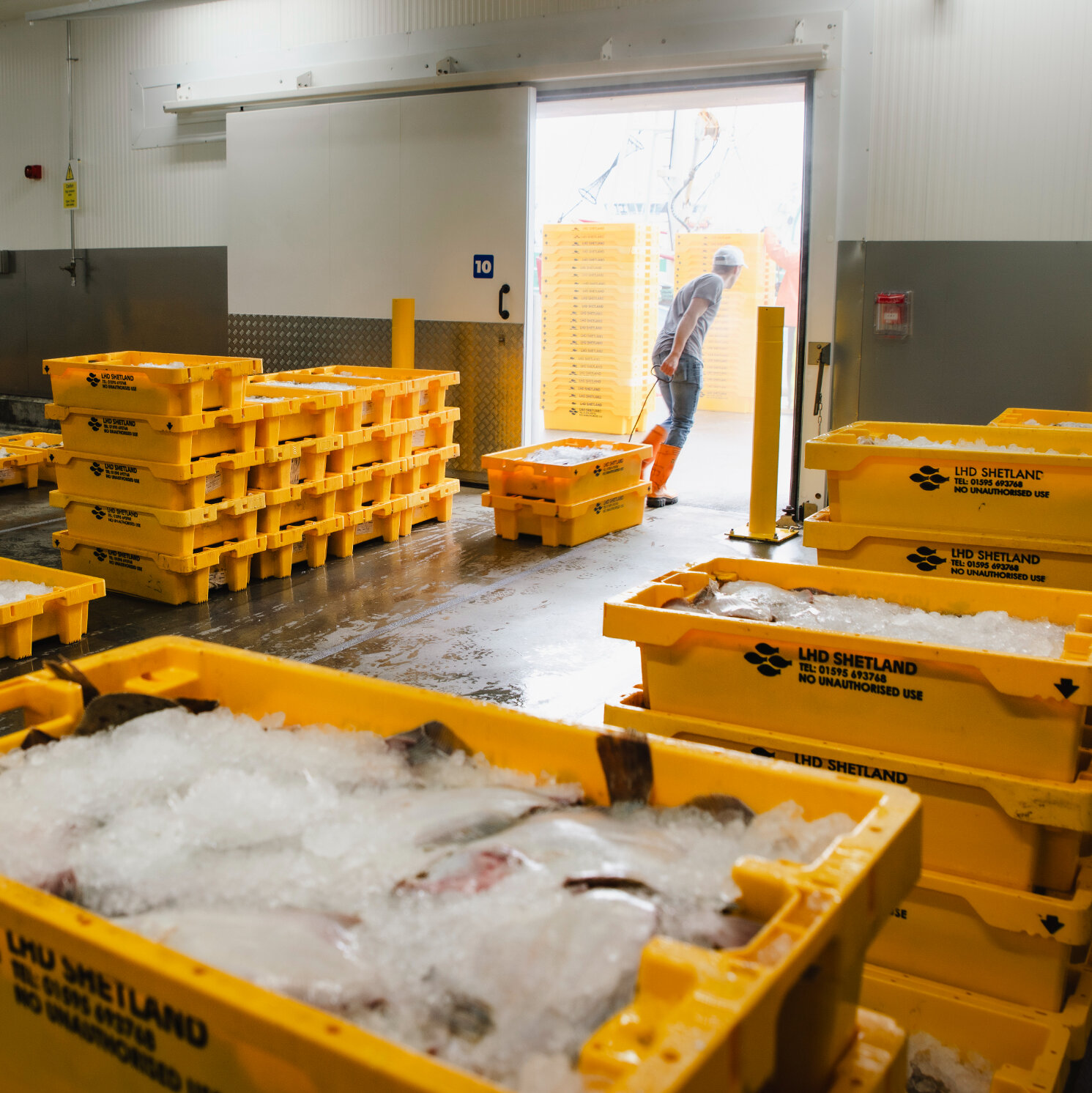The continued success of Shetland’s fishing industry does not rely just on the number of vessels heading out to sea every day before landing their catches in the islands.
Back onshore, several enterprising firms have built their businesses on the back of the thriving fishing industry. That ranges from those waiting for the fish-laden boxes to land at auction – whether buyers or processors trading directly to local customers or international markets – to ice factories and agents.
These firms represent a significant part of the fishing-related sector, generating employment and income from the exceptional fresh fish landed in Shetland every day.


